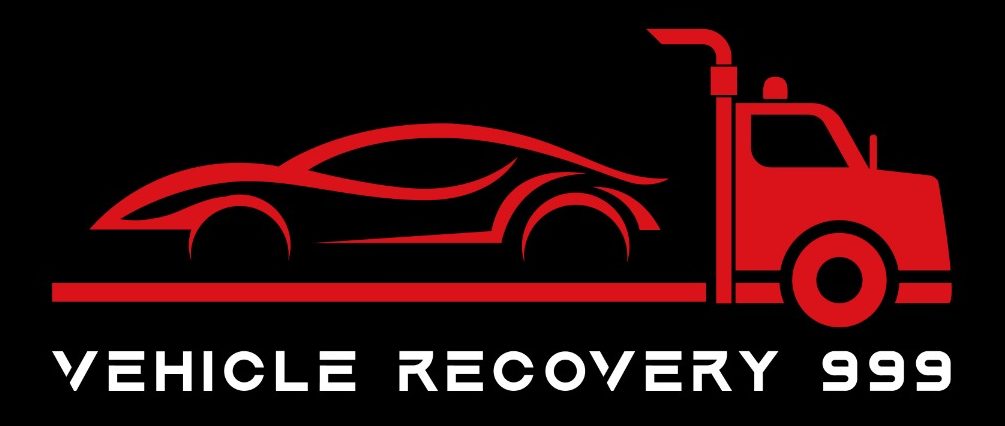When your vehicle breaks down, choosing the right towing method can make all the difference in how your car is handled, how much it costs, and how soon you’re back on the road. At Vehicle Recovery 999, we’ve seen firsthand how knowing the difference between wheel-lift towing and hook-and-chain towing helps drivers avoid damage and unnecessary stress.
What is Wheel-Lift Towing?
Wheel-lift towing uses a metal yoke and a hydraulic system to lift either the front or rear wheels of a vehicle off the ground, allowing the other set to roll freely while being towed. This setup relies on a tow truck equipped with a modern wheel-lift mechanism, offering better control and reduced vehicle wear compared to older methods.
The yoke fits securely under the vehicle’s wheels, typically the drive wheels, and lifts them using hydraulic power. This method minimizes contact with the vehicle’s body, reducing the chances of damage to bumpers or undercarriage parts.
What is Hook-and-Chain Towing?
Hook-and-chain towing was once the industry standard. It works by looping chains around the vehicle’s axle or frame and then lifting part of the vehicle off the ground. While this system still exists, it’s used far less today because of the risk it poses to the car’s structure, especially for modern models.
The constant pulling and shifting during transport can lead to scratches, dents, or even misalignment. In most cases, hook-and-chain towing is now used for vehicles already destined for salvage or those that have suffered major damage.
Efficiency and Control on the Road
When comparing the two, wheel-lift towing provides more control during transit. The hydraulic system allows smooth lifting, precise lowering, and better handling in tight spaces. This makes it ideal for urban areas or parking lots where maneuvering a flatbed truck isn’t practical.
Hook-and-chain methods don’t offer the same level of road control. With part of the car’s weight hanging and shifting, especially when turning or going over bumps, stability becomes a concern.
Vehicle Wear and Long-Term Impact
Vehicle owners often don’t realize the amount of wear that can occur during towing. With wheel-lift towing, the yoke lifts only the necessary end, reducing pressure on tires and suspension. Also, because there’s minimal contact with the body, there’s less risk of scraping or dragging.
Hook-and-chain towing, by contrast, places direct stress on the towed vehicle’s body or axle. Over time, this can accelerate wear and tear, affect alignment, and lead to costly repairs down the line.
Maintenance and Fluid Systems
One thing many overlook is how towing impacts a car’s mechanical systems. Wheel-lift towing is less likely to cause fluid leaks because only the drive wheels are elevated, reducing the strain on the transmission.
Hook-and-chain towing, especially when not used properly, can result in transmission damage, particularly in automatic cars. Without lifting the right set of wheels, you risk forcing hydraulic fluid into areas where it doesn’t belong, increasing wear.
Towing Scenarios: Which to Choose?
Let’s look at a few everyday scenarios and see which method makes the most sense:
- Standard Breakdown in City Area: Wheel-lift towing is your best bet. Quick setup, clean lift, and better navigation through tight spots.
- Severely Damaged Vehicle or Total Loss: Hook-and-chain may be acceptable when damage has already occurred.
- Flat Tire or Locked Steering: Wheel-lift towing gives more stability and control.
- Narrow Garage or Tight Parking Area: Wheel-lift trucks are more maneuverable than flatbeds.
Rear Wheels and Drive Type
It’s important to know whether your vehicle is front-, rear-, or all-wheel drive. This determines which wheels should be lifted during wheel-lift towing to avoid transmission damage. For front-wheel drive, the front tires are lifted. For rear-wheel, it’s the rear.
If you’re unsure, your tow provider should ask or check before towing. At Vehicle Recovery 999, we always inspect and plan accordingly before any vehicle is lifted.
Safety and Longevity of Your Vehicle
Choosing wheel-lift towing helps protect your vehicle’s longevity. When paired with proper towing techniques, it ensures fewer long-term issues with tires, suspension, and body alignment.
Hook-and-chain towing may still be useful in rare cases, but it’s mostly considered outdated due to the strain it places on vehicles. Unless your car is totaled or immobile, it’s usually best to avoid this method.
Final Thoughts from Vehicle Recovery 999
If you’re stuck and need to make a quick decision, remember: not all towing methods are equal. Wheel-lift towing offers more safety, more efficiency, and less damage to your vehicle. While hook-and-chain might still be around, it’s rarely the better option for modern vehicles.
At Vehicle Recovery 999, we use advanced equipment and well-trained operators to ensure your car is towed with care, whether from a tight corner downtown or a roadside breakdown. Knowing the right choice means fewer problems later—and we’re here to help every step of the way.

